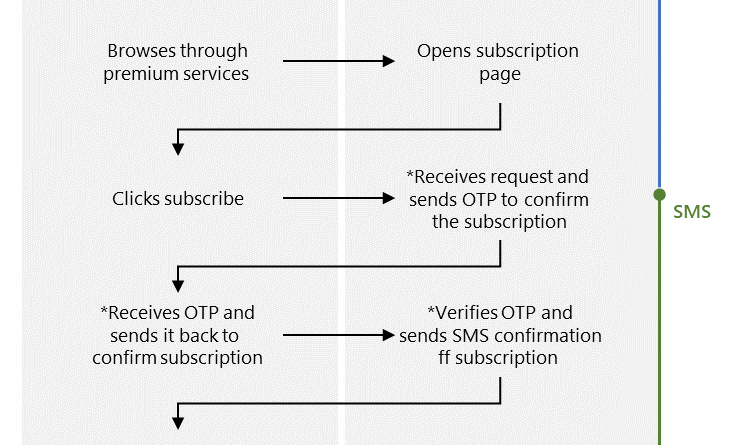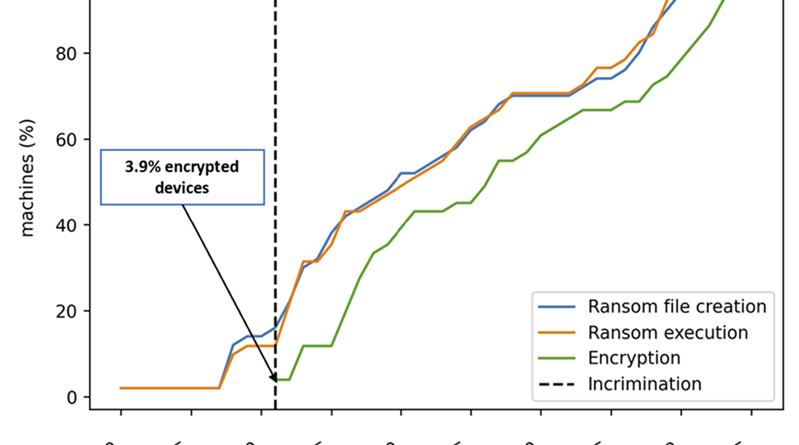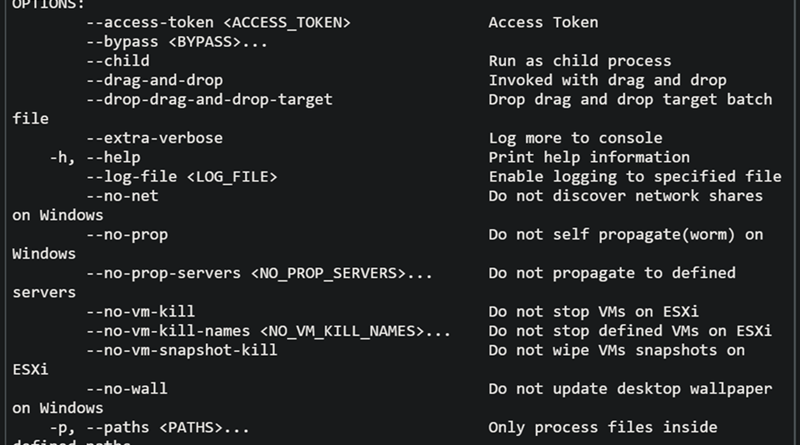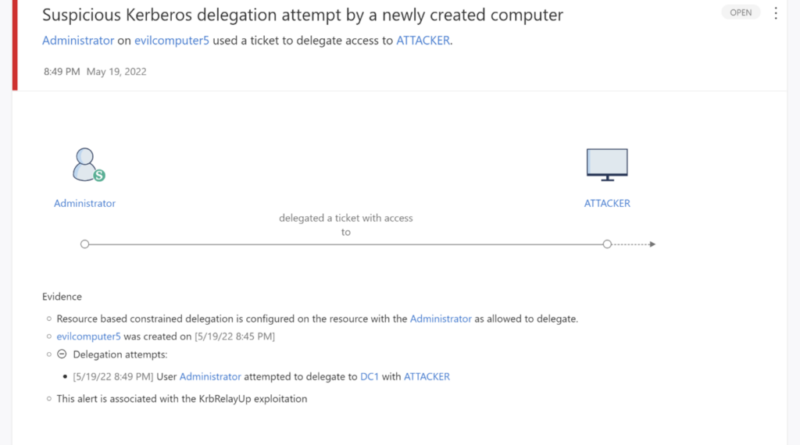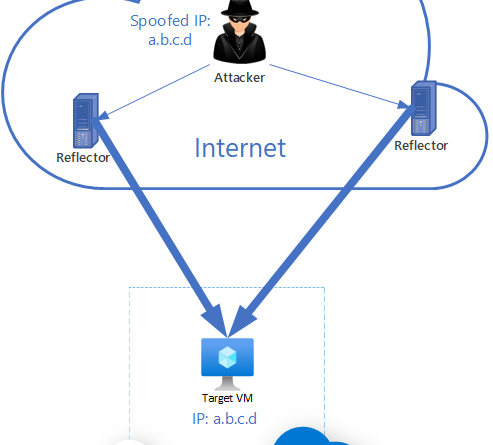Hive ransomware gets upgrades in Rust
With its latest variant carrying several major upgrades, Hive proves it’s one of the fastest evolving ransomware payload, exemplifying the continuously changing ransomware ecosystem.
The post Hive ransomware gets upgrades in Rust appeared first on Microsoft Security Blog. READ MORE HERE…


